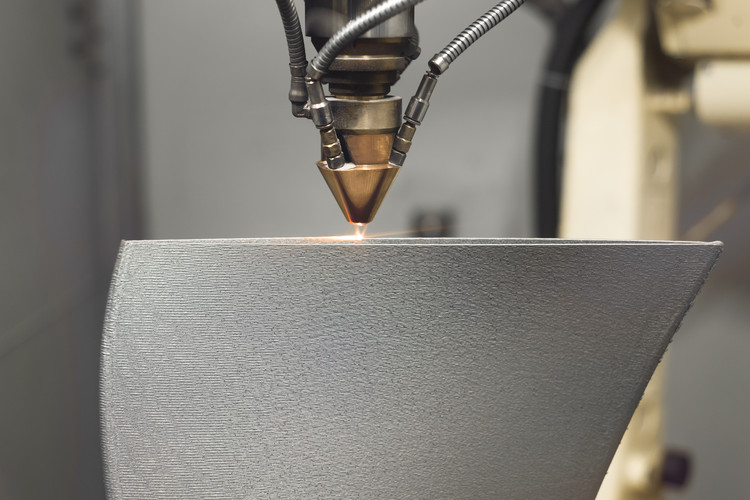
In November of 2020, Foster + Partners announced a collaboration with the robotics design company Boston Dynamics. Together, the two have been testing Boston Dynamics’ robot dog, Spot, to help capture and monitor progress on construction sites. The robot boasts the dexterity to climb stairs, avoid obstacles, and traverse rough terrain, allowing it to monitor building sites and collect data quickly and easily. In this way, designers and contractors can remedy errors rapidly and at minimal cost, ensuring that projects progress according to their set timeframes and budgets. With manual data collection, errors might be noticed at a much slower rate and communication between contractors may suffer as well. Thus, Spot optimizes construction monitoring and on-site collaboration.






.jpg?1583859382)
.jpg?1582834753)






